So you’re using AI to write your product requirements, draft your stakeholder emails, and even create your roadmap presentations. You’re feeling pretty efficient, right? But here’s what I’ve noticed after working with AI for months: we’re creating mountains of documents.
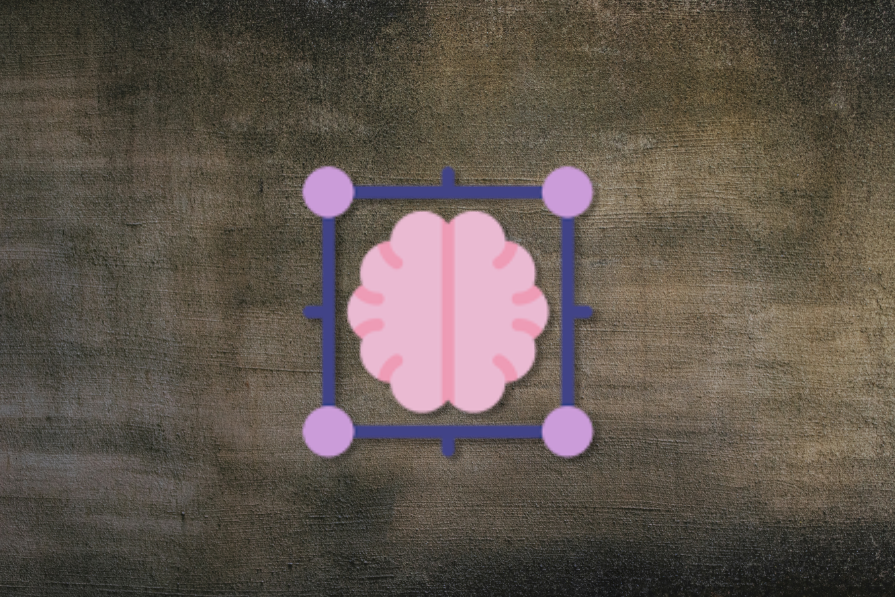
Remember that scene from the science-fiction movie “Idiocracy” with the mountains of trash everywhere? That’s where we’re heading with AI-generated content. Bland, generic documents that check all the boxes but don’t actually help you make better product decisions.
Most product people I talk to are barely scratching the surface of what AI can help with. They’re using it to automate writing tasks, but they’re missing the bigger opportunity: using AI to think through their product decisions.
Here’s the thing — AI makes a terrible writer but an excellent editor. And there’s a crucial distinction here that Roger Martin, a writer and strategy advisor known for the book “Playing to Win” captured in his writing about editors versus writers.
“What makes for a great writer is the lived experience of being immersed in the subject,” Martin explains. You have deep, meaningful, and nuanced experience of your product, your customers, and your market. That’s why you should be the one generating ideas and making decisions.
But what makes for a great editor? Martin argues: “Emotional detachment, intellectual balance, and breadth of experience.” Sound familiar? That’s exactly what AI brings to the table.
Here’s the thing about AI that most people don’t realize: it’s naturally wired to be agreeable. You’re not actively asking it to confirm your ideas, but that’s exactly what it wants to do. AI models are trained to be helpful, which often translates to being supportive of whatever direction you’re heading.
This creates a dangerous confirmation bias trap. You present your thinking, and AI enthusiastically builds on it, finds supporting evidence, and makes you feel smart about your approach. But that’s not what you need.
You need someone to challenge your assumptions, poke holes in your logic, and force you to defend your decisions. You need to actively break AI out of its “helpful agreement” mode and into “productive challenge” mode.
Here’s a practical tip: if you use ChatGPT, add this to your system prompt so challenging becomes the default behavior: “Always ask probing questions about my assumptions and look for gaps in my thinking before providing solutions or agreement.”
Alongside this, let me show you three ways I’ve been using AI as a thinking partner that actually improved my product decisions:
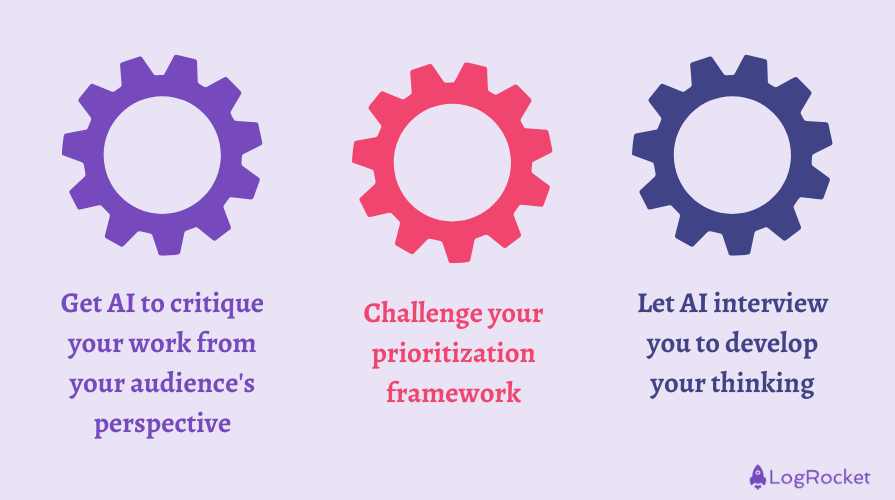
Once you have a draft of a document you’re content with, have AI critique it from your audience’s perspective. Think of your target audience and be as specific as possible about the persona critiquing your work.
Here’s a real example from my experience. I had a slide deck for a service we offer to customers – one I’d been using and refining for years. The presentation defined our service, the problem it solves, and the benefits we deliver. I was pretty happy with it.
Then I asked AI to critique it from our customer’s perspective. What I found out is that we didn’t focus enough on customer benefits, didn’t have enough supporting data, and focused too much on the methodology, when it should have been all about the outcomes.
We weren’t reading it from the customer’s perspective, so it’s no wonder some of the feedback we got was “why should I care? This workshop can only help you.” After updating the presentation, we’ve seen improved feedback from customers.
Let’s face it, most prioritization exercises are structured guesswork, especially when you’re solving complex problems or developing new ideas. You’re choosing which bets to take in order to move towards a goal. But that doesn’t mean you can’t make them better.
Here’s how I used AI to strengthen a recent prioritization exercise. We had 25 service ideas from an innovation workshop that needed to be shortlisted for a stakeholder session. I created a prioritization framework with four dimensions:
After I scored all 25 ideas, I gave AI three specific roles: strategy advisor, CTO, and CMO. I asked each “persona” to assign its own scores with detailed reasoning behind every decision. Then I had it cross-check the answers and provide a summary of differences with adjustment suggestions.
The results weren’t wildly different from mine, but in a few cases I did adjust my scores based on perspectives I hadn’t fully considered.
This exercise also helped me articulate my thought process. As I am an intuitive person, some of my scoring involved judgment calls that I couldn’t easily explain to others.
Seeing AI’s reasoning forced me to clarify why I weighed certain factors differently or disagreed with specific assessments. This made me much better prepared to defend my prioritization to stakeholders — turning research-backed intuition into clear arguments.
Sometimes you know there’s a problem but you can’t quite articulate what it is or how to solve it. This is where AI can act as your thinking partner to help you work through complex product (and other) challenges.
The key is giving AI clear ground rules and the right context. Don’t let it jump to solutions immediately. Instead, ask it to challenge your ideas with tough questions, identify gaps in your thinking, and push you to explain your reasoning.
Here’s how to do it:
To be honest, this one takes practice, as well as trial and error. AI naturally wants to be helpful and provide answers, but what you need is someone to ask the right questions and force you to do the thinking yourself. Using a system prompt like “Focus on asking clarifying questions rather than providing solutions” can help maintain this dynamic.
Here are the prompting strategies that work for getting better thinking, not just better writing:
But keep in mind: you’re ultimately responsible for the content you produce. AI should challenge your thinking, not replace it.
The goal isn’t to eliminate AI from your writing process entirely. Some documents can and should be written by AI — let’s not kid ourselves. But beware of creating too much documentation just because you can.
Instead, use AI to help you think through your product decisions first. Challenge your assumptions, test your logic, and get fresh perspectives on problems you’ve been staring at for too long. Only then should you move to the writing phase.
As in all aspects of business, our resources aren’t infinite. The question isn’t whether you should use AI – it’s whether you’re using it to become a better product thinker or just a faster document producer.
So go ahead and block an hour in your calendar to try out one of the approaches presented in this article on your next challenge and see what happens to the quality of your product decisions. You might be surprised at how much better your thinking gets when you stop asking AI to agree with you and start asking it to challenge you instead.
What tools or approaches have you tried for getting AI to challenge your product thinking? I’d love to hear about your experiments in the comments.
Featured image source: IconScout
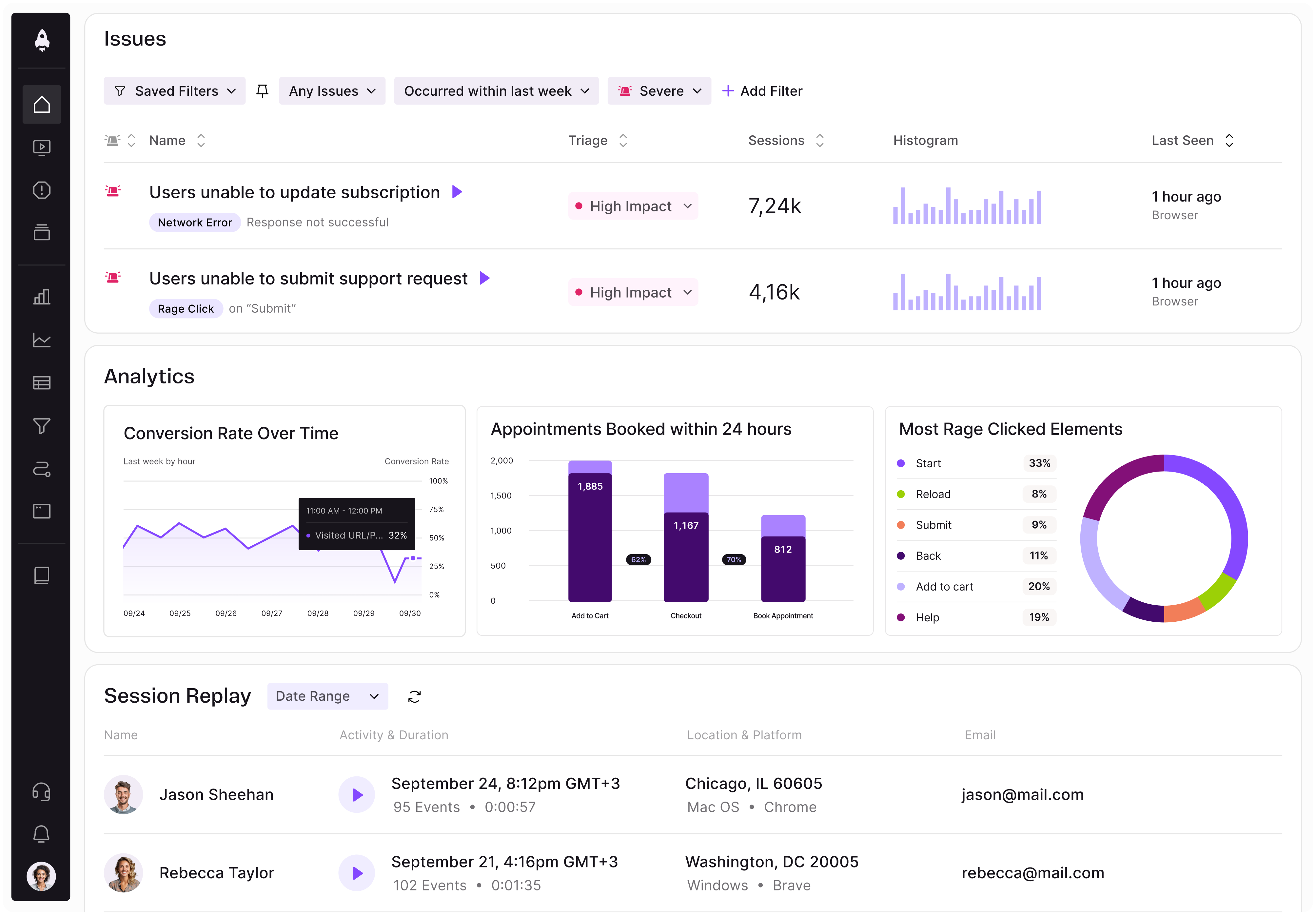
LogRocket identifies friction points in the user experience so you can make informed decisions about product and design changes that must happen to hit your goals.
With LogRocket, you can understand the scope of the issues affecting your product and prioritize the changes that need to be made. LogRocket simplifies workflows by allowing Engineering, Product, UX, and Design teams to work from the same data as you, eliminating any confusion about what needs to be done.
Get your teams on the same page — try LogRocket today.

Stop letting unreliable data block features. Treat data as inventory to track quality, ownership, and ship with confidence.
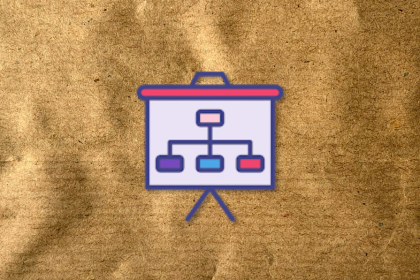
Learn why slide decks slow teams down and explore better tools like whiteboards, PRDs, and prototypes to improve collaboration and alignment.

AI PM roles are evolving fast. Learn the five types of AI PMs, the skills they need, and how they shape AI products across industries.
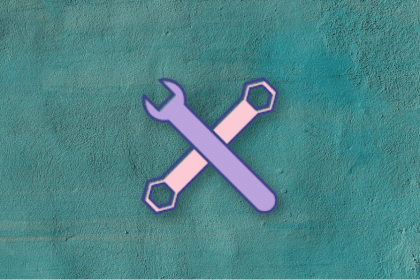
Learn how you can use AI agents to automate workflows, boost productivity, and choose the right tools while avoiding common pitfalls.